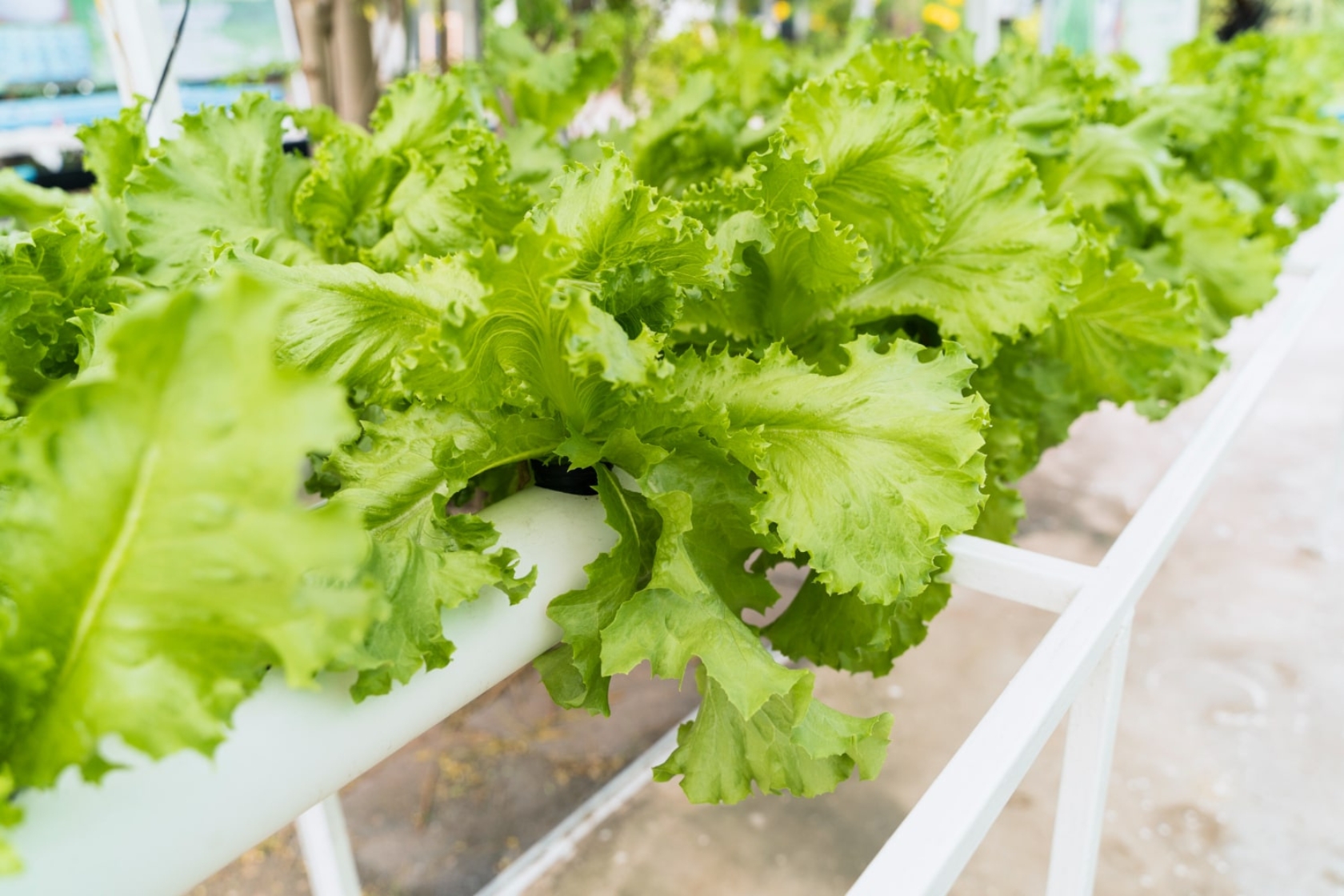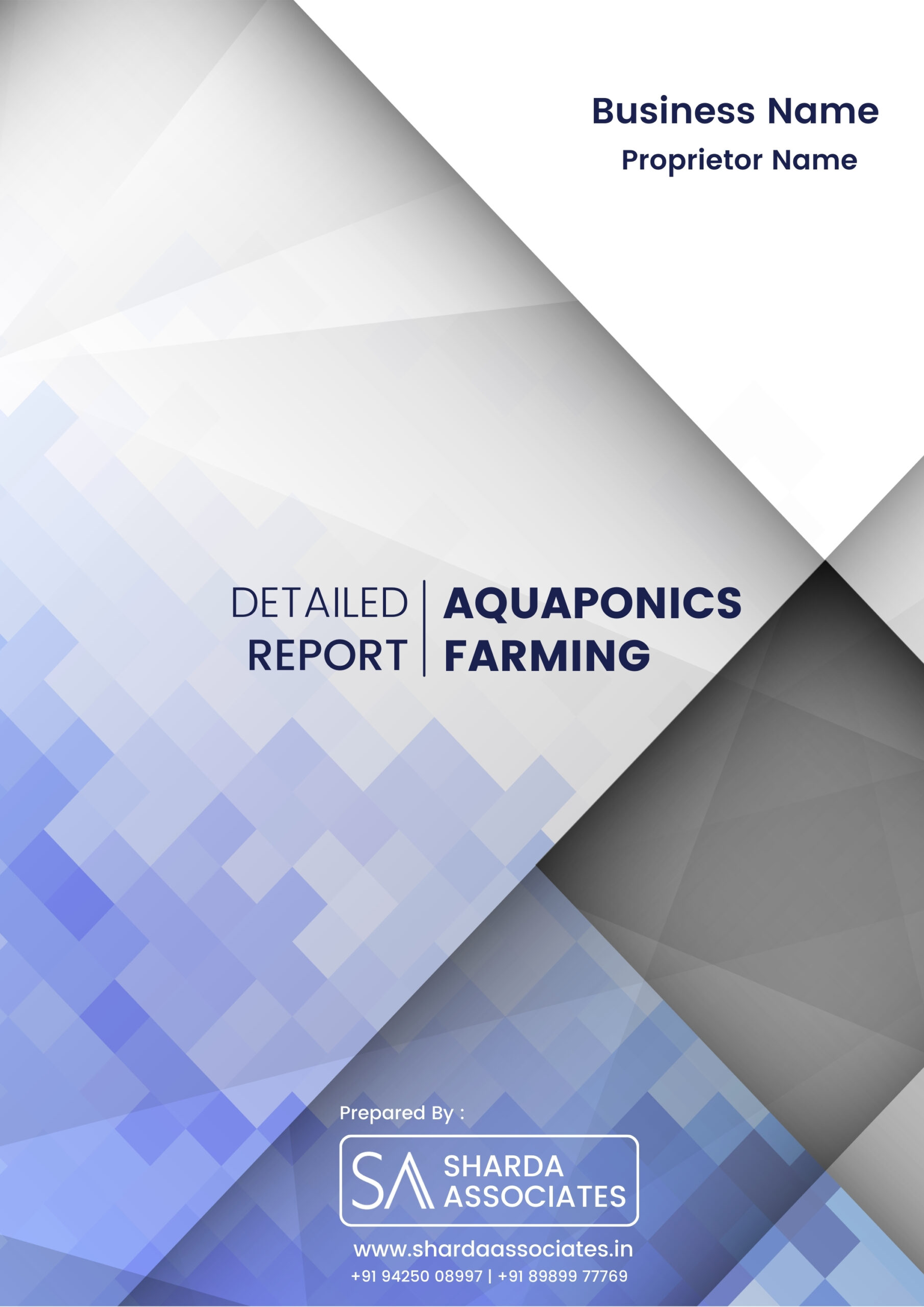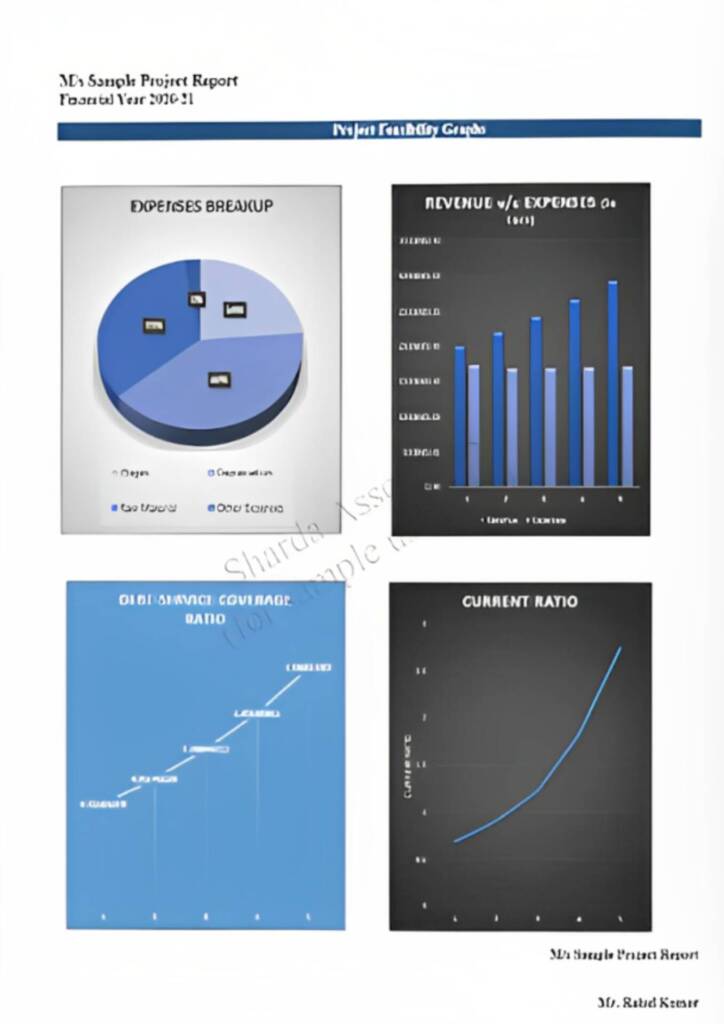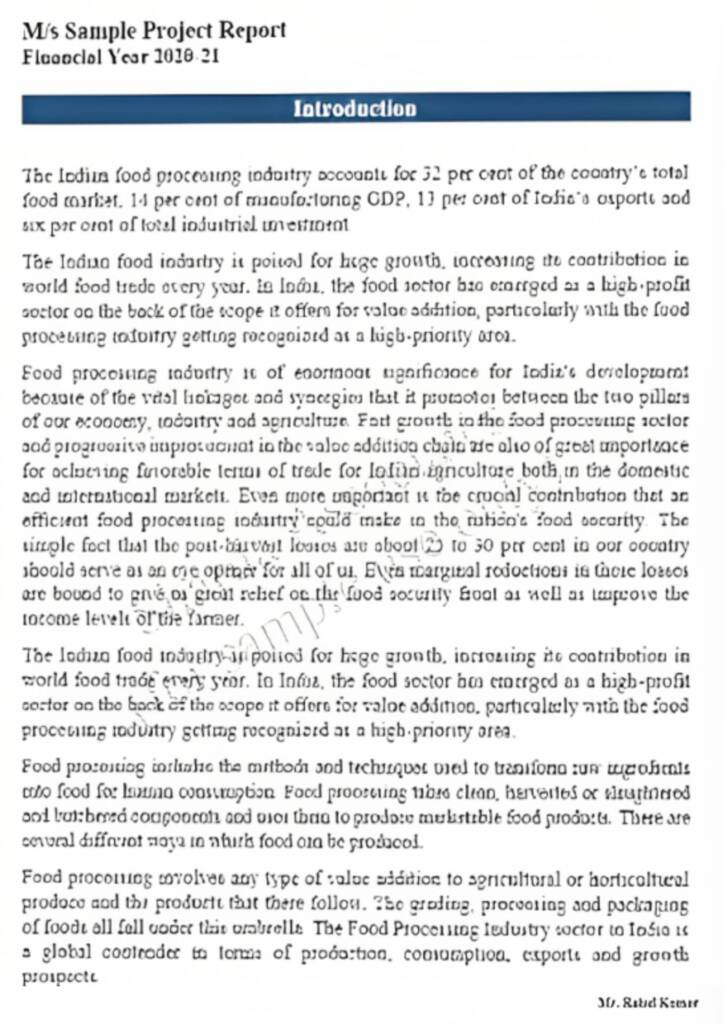Detailed Report On Aquaponics Farming
Aquaponics farming integrates aquaculture and hydroponics, creating a sustainable system where fish and plants coexist symbiotically. This innovative method maximizes resource efficiency, reduces waste, and offers a sustainable solution for producing fresh, organic food.
What is Aquaponics Farming?
Detailed Report on Aquaponics Farming is as follows.
Aquaponics is a sustainable farming technique that combines aquaculture (the cultivation of aquatic organisms such as fish) and hydroponics (the growth of plants in nutrient-rich water without soil). This combination causes biological processes to occur in both systems, resulting in a closed-loop ecosystem in which fish and plants thrive.

Aquaponics involves growing plants in a grow bed and keeping fish in a tank. The nutrient-rich water from the fish tank, which contains fish waste, is fed into the grow bed, where billions of naturally occurring helpful bacteria degrade the ammonia into nitrites and subsequently nitrates. Plants absorb nitrates and other nutrients to aid their growth. The plant’s roots clean and filter the water before returning it to the fish tank, where the fish live. The fresh, clean, and oxygenated water recirculates back into the fish tank, where the cycle begins again.
The three primary components of aquaponics are fish, plants, and microbes. Microbes act as a bridge to convert fish waste into nutrients for plants. Deep-water or “raft,” nutrient film technology (NFT), and media-based bed or reciprocating systems are the three main categories of contemporary aquaponic designs.

Detailed Report Sample On Aquaponics Farming



Market Potential Of Aquaponics Farming
The size of the global aquaponics market was estimated at USD 1.39 billion in 2022 and is expected to increase at a compound annual growth rate (CAGR) of 16% from USD 1.61 billion in 2023 to USD 5.29 billion by 2031.
The growing need for efficient food production systems and sustainable agriculture techniques has led to a notable surge in the worldwide aquaponics industry in recent years. In a closed-loop setting, aquaponics is a symbiotic system that blends hydroponics—the growing of plants in water—and aquaculture—the raising of fish. It has drawn interest from both farmers and food aficionados because to its many benefits, which include year-round production, less water consumption, and the removal of artificial fertilizers.
Moreover, aquaponics has environmental advantages that are becoming more and more significant in the modern world. It is a closed-loop system that recycles water, saving up to 90% of the water used in conventional farming practices. Furthermore, since there is no longer any need for artificial fertilizers, there is less chance of soil erosion and nutrient runoff into bodies of water. Customers that care about the environment will find aquaponics to be a more environmentally friendly option than traditional farming because of this.
Contents of Project Report
A project report helps you identify whether a project is worth pursuing. It presents the holistic view and brings complete insight of the business and its activity.
It acts as a guide for all the business operations, aids in taking all financial decisions related to the existing businesses and to the start-ups. It serves as roadmap to the business and provides information to the outsider who are wanting to know more about the business.
You will have the opportunity to build new goals and expansion ideas in one single document. Everyone, from the banks to potential investors, will need to have a look at the project report before they shell out any money.
A well drafted project report generally consists details about:
- Brief History of the Business
- The Promoters
- SWOT Analysis
- Industry Outlook
- Past Financial Statements
- Projected Financial Statements
- Infrastructure and Human Resource required
- CMA data
- Business model
- Requirement of Working Capital Funds
- Means of Finance
Other relevant information, if any.
